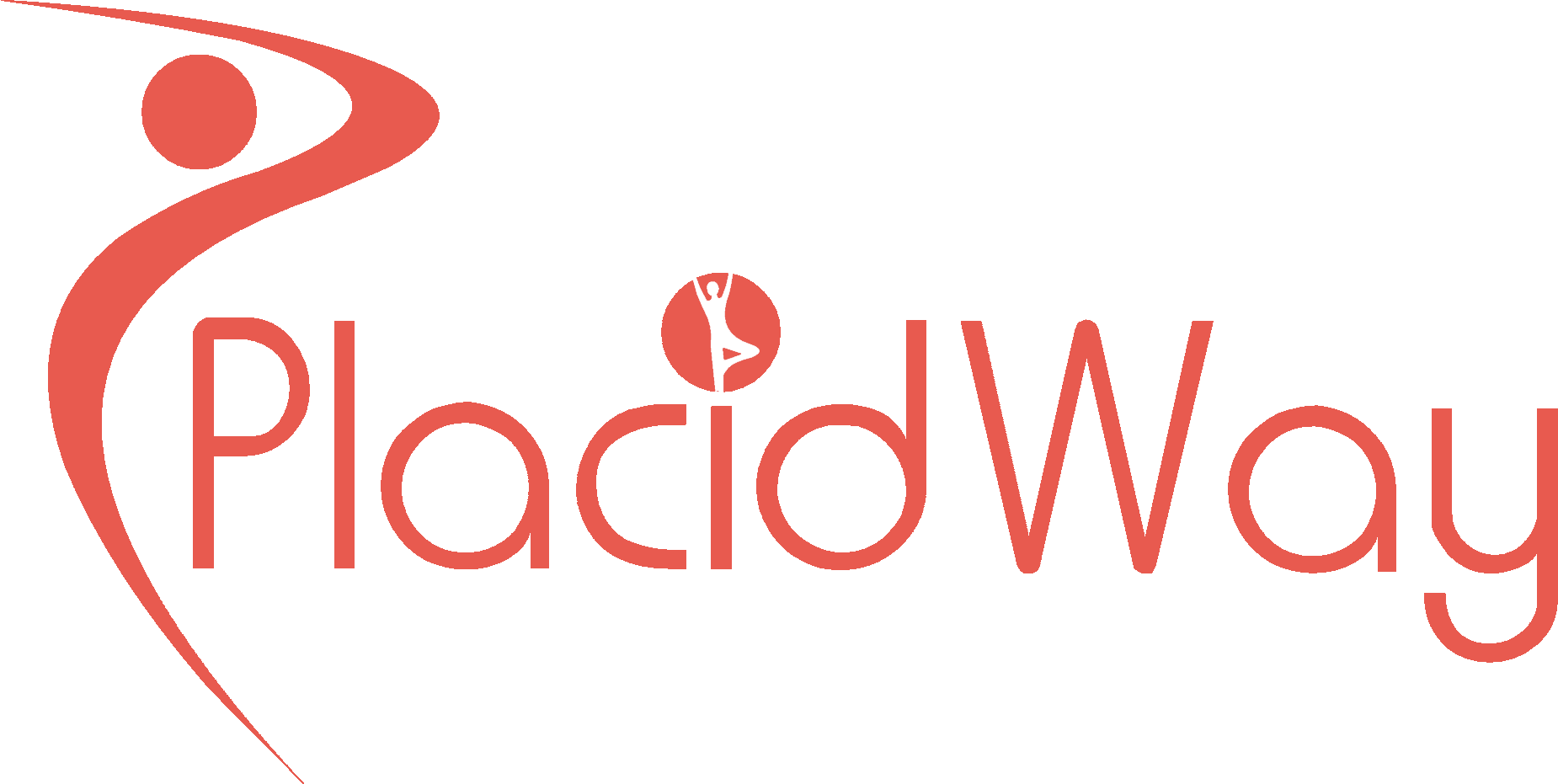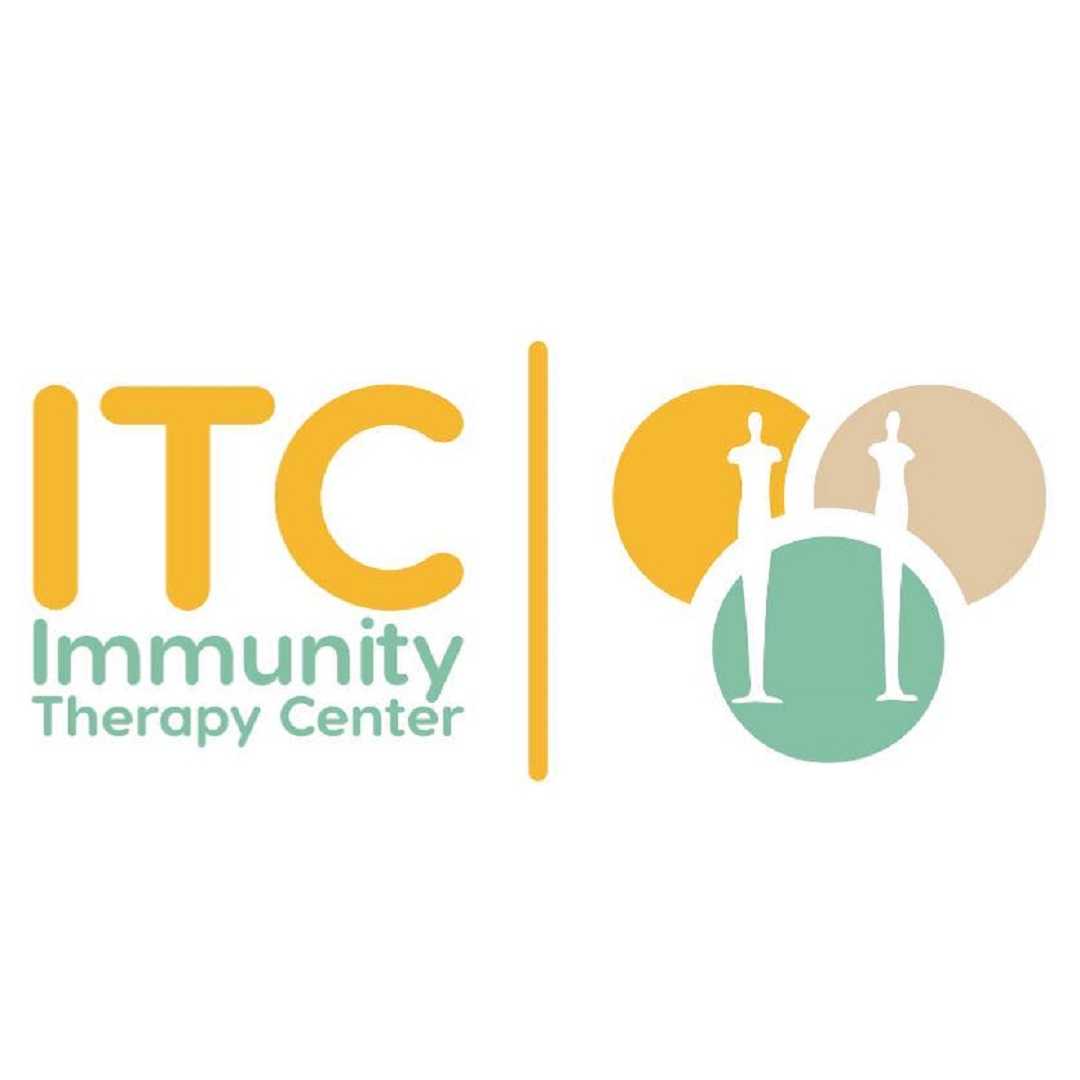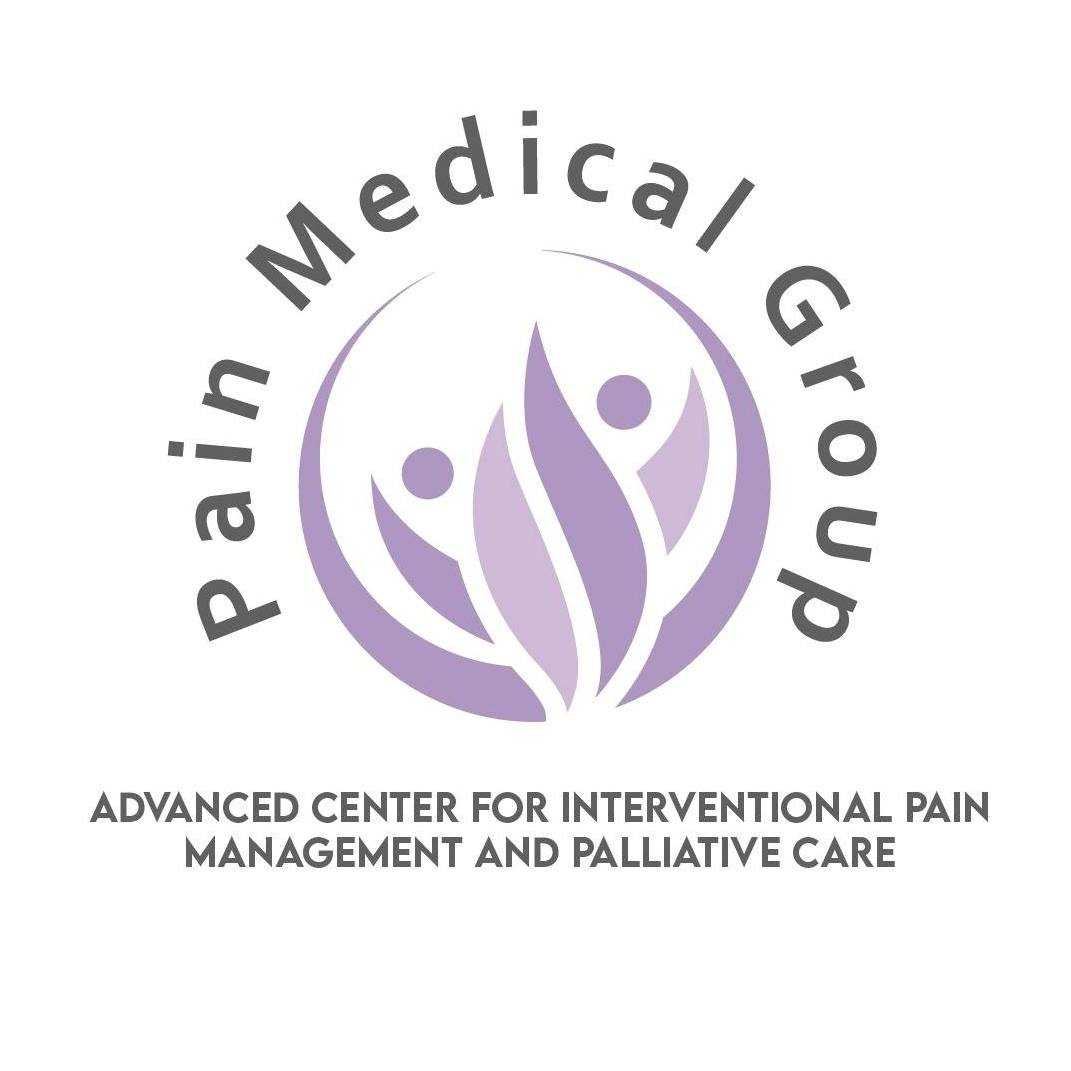.png)
A cancer diagnosis is life-altering, and without insurance, the financial burden can be overwhelming. In the U.S., uninsured patients often face bills exceeding $150,000 for standard treatments like chemotherapy, surgery, or radiation. This guide provides a deep dive into managing cancer treatment costs without insurance, including actionable steps to secure financial help, negotiate bills, and explore affordable care options.
Key Takeaways
-
Uninsured cancer treatment can exceed $150,000, but financial aid and negotiation drastically reduce costs.
-
Leverage clinical trials, charity care, and PAPs to access free or discounted care.
-
Always request itemized bills and payment plans—hospitals often prefer partial payments over nonpayment.
The Stark Reality: Cancer Treatment Costs Without Insurance
The average uninsured cancer patient spends 150,000–150,000–500,000+ on treatment, according to a 2023 JAMA Oncology study. These costs vary dramatically based on:
-
Cancer type (e.g., pancreatic cancer costs 42% more than breast cancer)
-
Stage at diagnosis (Stage IV treatments cost 3–5× more than Stage I)
-
Treatment duration (6-month vs. 2-year plans)
-
Facility type (Academic hospitals cost 35% more than community clinics)
Understanding the Real Cost of Cancer Treatment Without Insurance
Cancer treatment costs vary widely based on cancer type, stage, location, and treatment duration. Below is a detailed breakdown of expenses and factors influencing pricing.
1. Average Costs by Treatment Type (2024 Data)
| Treatment | Average Cost Range | Key Factors |
|---|---|---|
| Diagnostic Tests | 2,000–2,000–10,000 | MRI/CT scans, biopsies, genetic testing. |
| Surgery | 15,000–15,000–150,000+ | Complexity (e.g., tumor removal vs. organ transplant). |
| Chemotherapy | 1,000–1,000–12,000/session | Drug type (e.g., generic vs. brand-name like Keytruda). |
| Radiation Therapy | 10,000–10,000–50,000 | Sessions required (e.g., 20–35 for breast cancer). |
| Immunotherapy | 5,000–5,000–30,000/dose | Drugs like Opdivo or Yervoy; may require 10+ doses. |
| Hospital Stays | 3,000–3,000–10,000/day | ICU stays or post-surgery recovery. |
Case Study: A 2023 study in Journal of Oncology Practice found uninsured breast cancer patients paid 85,000–85,000–250,000 for surgery, chemo, and radiation.
2. Hidden Costs to Consider
-
Travel & Lodging: Frequent trips to specialized centers can add 5,000–5,000–15,000 annually.
-
Lost Income: 63% of cancer patients lose income due to treatment, per the American Cancer Society.
-
Home Care: Hiring aides costs 20–20–50/hour, or $4,000+/month full-time.
How to Access Cancer Treatment Without Insurance
1. Government & Nonprofit Hospitals
-
Public Hospitals: Federally funded hospitals like Cook County Health (Chicago) offer sliding-scale fees based on income.
-
Charity Care Programs: 80% of U.S. hospitals provide financial aid; eligibility often requires income below 200–300% of the federal poverty level (30,000–30,000–45,000 for a single person).
2. Clinical Trials
-
Benefits: Free access to cutting-edge treatments and medications.
-
How to Apply: Use the National Cancer Institute’s Clinical Trial Search Tool.
3. Federally Qualified Health Centers (FQHCs)
-
Services: Low-cost screenings, chemo, and palliative care.
-
Example: Community Health Centers in Texas offer cancer care at 40–60% below private clinics.
Financial Assistance Programs for Uninsured Patients
1. Top Nonprofit Organizations
| Organization | Assistance Type | Eligibility |
|---|---|---|
| HealthWell Foundation | Grants for treatment co-pays | Income ? 400% FPL |
| CancerCare | Transportation & medication aid | Diagnosis-based; no strict income cap |
| PAN Foundation | Drug cost assistance | Varies by disease |
2. Pharmaceutical Assistance Programs (PAPs)
-
How It Works: Drug manufacturers like Pfizer and Merck offer free meds to uninsured patients.
-
Application: Submit proof of income and a doctor’s referral via RxAssist.
3. State-Specific Programs
-
Medicaid Emergency Coverage: 15 states offer Medicaid for emergency cancer treatment, even if you don’t qualify regularly.
-
Example: California’s County Medical Services Program (CMSP) covers uninsured adults aged 21–64.
Strategies to Reduce Cancer Treatment Costs
1. Negotiate Medical Bills Like a Pro
-
Step 1: Request an itemized bill to dispute errors (e.g., duplicate charges).
-
Step 2: Ask for a 40% cash-pay discount—common for uninsured patients.
-
Step 3: Propose a 24-month payment plan with 0% interest.
2. Opt for Cost-Effective Treatment Alternatives
-
Generic Drugs: Save 70% with alternatives like capecitabine (instead of Xeloda).
-
Outpatient Care: Chemo administered at clinics costs 30–50% less than hospitals.
3. Medical Tourism
-
Top Destinations: India, Mexico, and Thailand offer treatments at 50–70% U.S. prices.
-
Considerations: Verify facility accreditation via JCI.
-
Trusted Companies like PlacidWay Medical Tourism
Managing Medical Debt from Cancer Treatment
1. Debt Relief Options
-
Medical Bankruptcy: Chapter 7 may discharge unsecured debts, but consult a lawyer first.
-
Debt Settlement: Agencies like National Debt Relief negotiate reductions of 30–50%.
2. Credit Counseling
-
Nonprofit Help: Agencies like GreenPath offer free advice on managing medical debt.
FAQs: Cancer Treatment Costs Without Insurance
1. How much does cancer treatment cost without insurance?
Answer:
-
Average Total Cost: 150,000–150,000–500,000+ depending on cancer type, stage, and treatment duration.
-
Breakdown:
-
Diagnostics (biopsies, scans): 5,000–5,000–25,000
-
Surgery: 20,000–20,000–300,000 (e.g., 65,000formastectomy,65,000formastectomy,150,000 for Whipple procedure)
-
Chemotherapy: 10,000–10,000–300,000 (e.g., 1,200/cycleforgenericsvs.1,200/cycleforgenericsvs.12,500/cycle for Keytruda)
-
Radiation: 10,000–10,000–100,000 (e.g., $45,000 for prostate IMRT)
-
Immunotherapy: 100,000–100,000–500,000 annually (e.g., $12,500 per Keytruda dose × 18 cycles)
-
Key Factors:
-
Hospital markups (academic hospitals charge 35%+ more than community clinics).
-
Geographic location (e.g., California costs 22% more than Texas).
2. Can I get free cancer treatment without insurance?
Answer:
Yes, through these programs:
-
Hospital Charity Care:
-
Eligibility: Income ? 200–300% of Federal Poverty Level (30,120–30,120–45,180 for individuals).
-
Example: MD Anderson forgave $250 million in bills for uninsured patients in 2023.
-
-
Clinical Trials:
-
Free treatment + stipends (50–50–300/week).
-
Search via National Cancer Institute.
-
-
Nonprofit Grants:
-
HealthWell Foundation: Up to $15,000 for chemo/radiation.
-
Patient Access Network (PAN): Covers drugs like Revlimid (multiple myeloma).
-
3. How can I negotiate cancer treatment bills?
Answer:
Step 1: Request an itemized bill
-
Challenge errors (e.g., duplicate charges for “medical supplies”).
-
Case Study: A Florida patient saved $8,700 by disputing 23 incorrect line items.
Step 2: Ask for self-pay discounts
-
Sample Script: “I’m uninsured. What’s your lowest cash price?”
-
Typical Savings: 25–60% off billed rates (e.g., 12,000chemocycle?12,000chemocycle?5,400).
Step 3: Set up a payment plan
-
Offer 50–50–100/month (89% of hospitals accept low payments).
-
Avoid medical credit cards (APRs often exceed 25%).
Step 4: Use state laws
-
28 states (e.g., NY, CA) legally require hospitals to provide charity care.
4. Are there cheaper alternatives to chemotherapy?
Answer:
Yes:
-
Generic Drugs: Save 70–90% (e.g., capecitabine instead of Xeloda: 200vs.200vs.2,000/month).
-
Alternative Treatment Sites:
-
Federally Qualified Health Centers (FQHCs): 60% cheaper than hospitals.
-
Oncology Clinics: Outpatient chemo costs 30–50% less.
-
-
Medical Tourism:
-
Mexico/India: Chemo at 70–80% savings (e.g., 28,000vs.28,000vs.120,000 in the U.S.).
-
Verify providers via Joint Commission International.
-
5. What financial assistance is available for medications?
Answer:
-
Pharmaceutical Assistance Programs (PAPs):
-
Pfizer RxPathways: Free Sutent (kidney cancer drug; $18,000/month value).
-
Bristol Myers Squibb Access Support: $0 co-pay for Opdivo.
-
Eligibility: Income ? 400–500% FPL (60,000–60,000–75,000 for individuals).
-
-
Nonprofit Help:
-
GoodDays: Covers 2,500–2,500–15,000/year for prescriptions.
-
CancerCare Co-Pay Assistance: Up to $10,000 annually.
-
How to Apply:
-
Ask your oncologist for PAP enrollment forms.
-
Submit proof of income (pay stubs, tax returns).
6. Can I get Medicaid for emergency cancer treatment?
Answer:
-
15 States Offer Emergency Medicaid: CA, TX, NY, FL, and others cover life-saving care (e.g., surgery, chemo) even if you don’t qualify for regular Medicaid.
-
Eligibility:
-
Income ? 138% FPL ($20,120/year for individuals).
-
Must be a resident with proof of emergency (e.g., stage III/IV diagnosis).
-
-
Apply: Contact your state Medicaid office within 3 months of treatment.
7. How do I manage lost income during treatment?
Answer:
-
Disability Benefits:
-
SSDI: Pays 1,300–1,300–3,000/month if you’ve worked 5+ years.
-
Process: Apply at ssa.gov; takes 3–5 months.
-
-
Nonprofit Grants:
-
Family Reach: Provides 2,000–2,000–7,500 for rent/mortgage.
-
Cancer Financial Assistance Coalition (CFAC): Lists 200+ local aid programs.
-
-
Employer Options:
-
FMLA protects your job for 12 weeks (unpaid).
-
Request remote work or reduced hours.
-
Request and Get a Free Quote Today
Looking for affordable cancer treatment abroad without insurance? PlacidWay connects you with trusted cancer clinics worldwide offering high-quality care at lower costs. Get a free quote tailored to your specific cancer type and explore safe, cost-effective options today. Don’t let financial barriers stop your treatment—contact PlacidWay now and take the first step toward life-saving care!






.png)
.png)
.png)
.png)
.png)

.png)



Share this listing